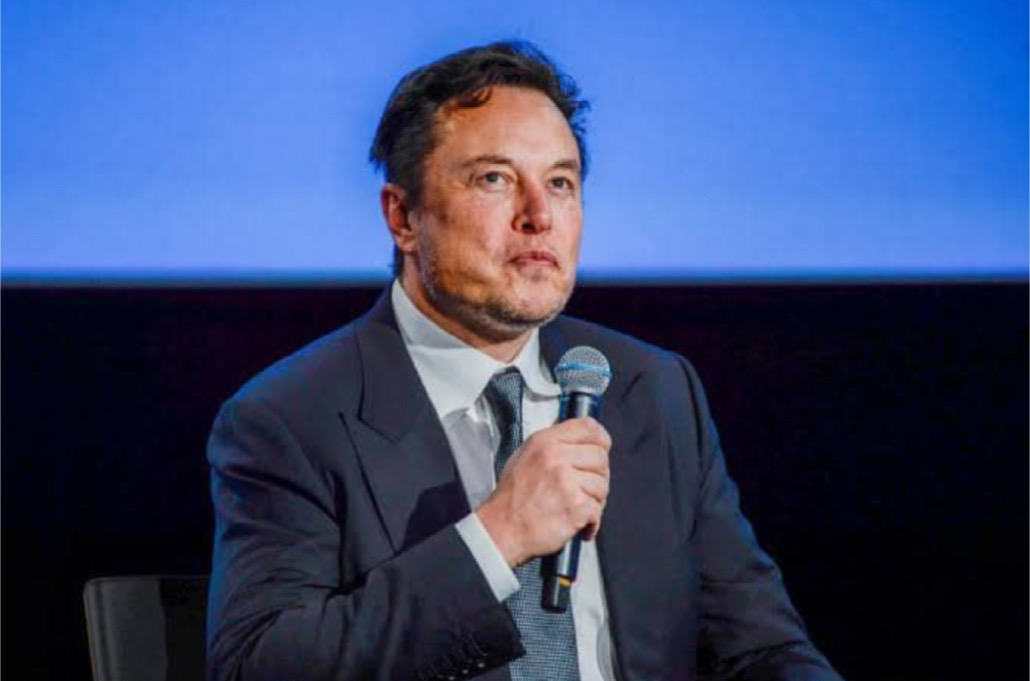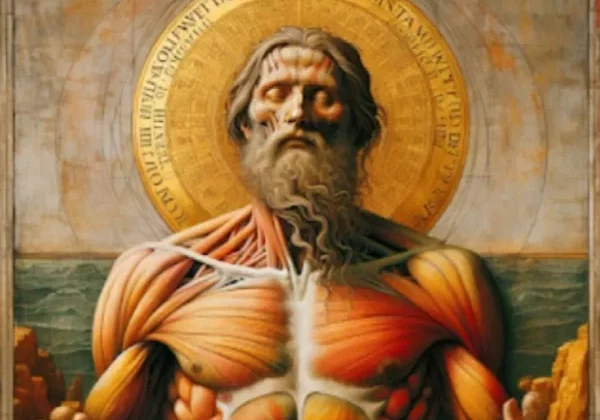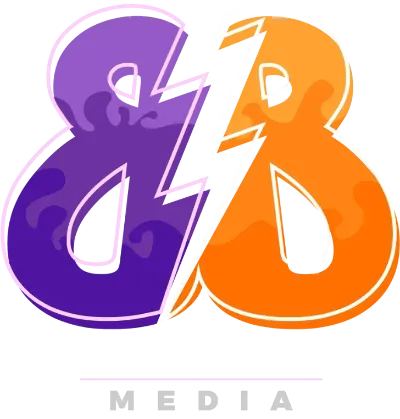Elon Musk: “We are Now Confident that the Neuralink Device is Ready for Humans”

SHARE
The first highlight of the Neuralink event showcasing the advancement in its technology was a monkey moving the keyboard cursors to type out letters, with his mind.
This was according to Elon Musk, at least. This is mainly to aid quadriplegic people, or those who have lost control of their limbs. The tech mogul also claimed that people with phones can better use this to type out messages than the actual keyboard.
The state the experimental monkey is in was also emphasized, with Musk saying that he “actually likes doing the demo” and “is not leg-strapped to the chair or anything.” The business mogul clarified that he is concerned with animal welfare and gives the monkeys a banana smoothie as a reward.
Neuralink‘s first two applications utilizing brain implants aim to restore eyesight. “Even if someone had no vision ever…they are born blind…we can still restore vision,” he explained.
“We can stimulate neural activity in the brain by injecting current through every channel,” shared a Neuralink spokeperson. The process includes connecting directly to the brain to generate images, without needing to go through one’s eyes.
The N1 implant, which was said to be the “first step” or the first product, is similar to a quarter dollar in size and it has “over one thousand channels in recording and stimulating,” explained a second representative. It’s wireless and cannot be seen, since it’s subcutaneous. The battery can be charged wirelessly and the device is useable at home. Here are the four major benefits of the N1 implant: reliable grasping and insertion, precise brain motion tracking, vasculature avoidance (avoiding hitting the network of blood vessels connecting the heart to other major organs of the body), and safe and scalable surgery.
The R1 robot will help with the surgery and provides a targeted view, where different areas of the brain are numbered, so the one doing the surgery will know precisely where the R1 robot with the 23 is going. The actual insertion resembles a sewing machine working on the brain in a swift, single motion. 64 threads are needed for the first product’s insertion, so the whole process will take about 15 minutes.
An important aspect of the insertion needle’s precision is the optical coherence tomography (OCT), which gives an aerial view of the brain as it’s moving real-time. There is a pop-up which alerts the one performing the operation if the area targeted is corrected, which shows either “insert” or “abort”.
According to a Neuralink representative, in the case of a spinal injury: “The connection between body and brain is severed. The brain continues to function normally but is unable to communicate with the outside world.” The N1 implant, he claimed, can also be used to re-animate the body or restore motor functions lost because of spinal injury.
“If we could place electrodes into the spinal cord, say, in a motor pool adjacent to lower motor neurons, we could stimulate those neurons…activating them, and in turn, causing the muscles to contract, and movement to occur,” he explained in detail. He also showed the targeted view of the R1 robot and how the electrode threads can be inserted precisely within the “proximity of lower motor neurons.”
The demonstration involved a pig which was stimulated to move its left hind leg up. “We can stimulate on a variety of threads and produce a variety of movements, and actually sequence them spatial temporally to provide patterns,” he said.
It is important to note that Musk’s company records show that there have been no human tests yet, and that will be a future endeavor. The Agriculture Department’s documentation listed the previous test subjects as pigs, monkeys, and sheep.
*Cover Photo/Thumbnail Photo from Reuters taken by Carina Johansen
RELATED ARTICLES

What It Means to Be Rapture-Ready—And Not Be Left Behind

Scripture-Backed Self-Care: How to Steward Your Body Well

PUMA Drops New Collection Inspired by Final Season of Hit Netflix Series ‘Squid Game’









